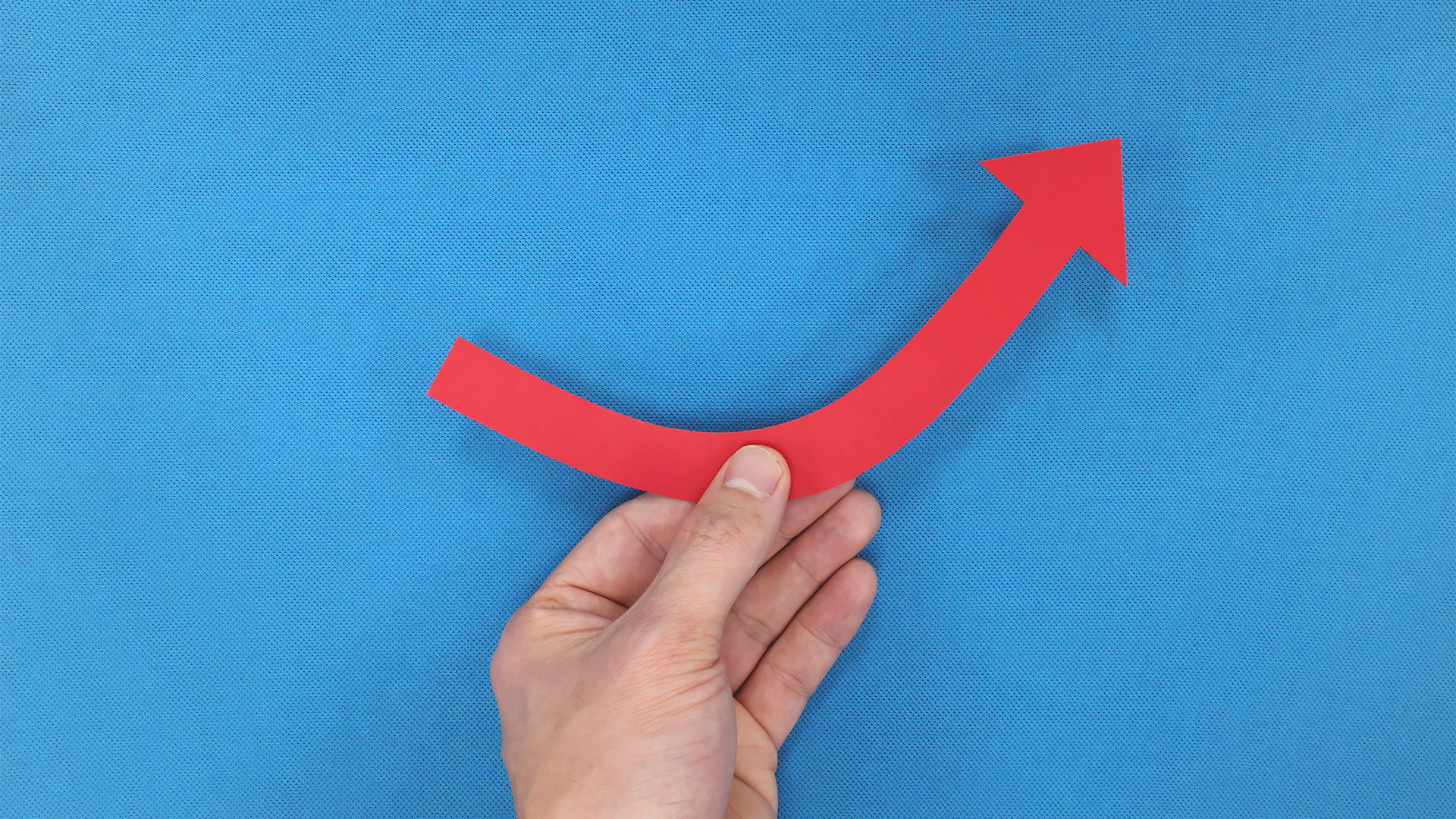There’s nothing like a friendly takeover with a bigger, better rated rival to boost the bottom line in the last ever profit.
That’s exactly what happened at St George in the year to September and why the 13.9% rise in cash earnings is highly misleading.

The result, a cash profit of $1.32 billion, compared very favourably with the ANZ’s 23% drop in cash earnings, NAB’s 10.7% drop and at least a forecast 6%-plus lift for Westpac, St George’s acquirer, this morning.
In fact St George executives told analysts and the media yesterday that the result had been helped by the impending merger: new projects and products had been put on hold, the market started pricing St George debt in line with Westpac’s AAA rating (which cut costs and allowed the bank to complete much of its refunding quicker than expected).

That manifested itself in the 6.4% drop in second half costs. When that happens, producing a 13.9% surge in cash profits is easypeasy. That left the cost to income ratio at 38.7%, surely an unrealistic outcome.
Profit was $160 million higher than the 2007 result was struck on a 9.4% rise in revenue (or $300 million) to $3.58 billion.So more than 50% of the extra revenue dropped to the bottom line.
The $16 billion paper merger with Westpac is due to be done next month after approval at a meeting of shareholders in just over a fortnight’s time.
Ahead of that St George’s shareholders receive a special dividend of 31 cents a share which the bank declared yesterday as a pre-planned ”sweetener” to help get the merger vote over the line at the scheme of arrangement vote on November 13.
The boost to cash earnings allowed the St George board to raise its final dividend from 86 cents to 94 cents which, in all, will make $2.13 cents a share for the full year, and a nice goodbye to a 40 year brand in the Sydney and NSW banking and home finance markets.
All in all it was a historical result that meant little and doesn’t say anything except Westpac isn’t buying a can of worms.
St George shares fell 52 cents, or 2% to $26.30, Westpac shares eased 24 cents to $20.26
But in the frontline of the economic slowdown, it’s a different story for companies which aim to last.
A week or so ago Nonie B pulled its forecast of a modest rise in 2009 profit for the small Sydney-based women’s fashion wear group to between $6.5 million and $7.5 million for the year to next June 30..
Yesterday the group told shareholders there would be no forecast for this year: times were too tough and the visibility ‘limited’ (to paraphrase the commentary at the AGM).
"As you may have anticipated, the company’s sales and earnings have suffered from the further deterioration in consumer confidence, and last week we announced that we no longer expect the 2009 profit to be in this range," chairman Rob Critchley told the AGM in Sydney.
"In view of the current economic uncertainty, the board has decided not to issue revised earnings guidance.
"This may sound disheartening, but, with so much uncertainty, I believe it would be irresponsible to provide a forecast."
He said it was the first time since the company’s listing eight years ago that it had been so unsure of the outlook.
Mr Critchley will step down as Noni B’s chairman, after 10 years, and will be replaced by independent director Lynn Wood.
Joint managing director James Kindl told shareholders present trading conditions were "very challenging".
"The negative news and financial instability in Australia and around the globe has taken its toll on consumer sentiment," he added.
"We have been faced with a drop in demand and with pressure on our margins as we meet competitor activity."
His company isn’t alone; Nick Scali, Harvey Norman and Clive Peeters are all in the same boat. Noni B shares fell 5 cents to $1.20.













